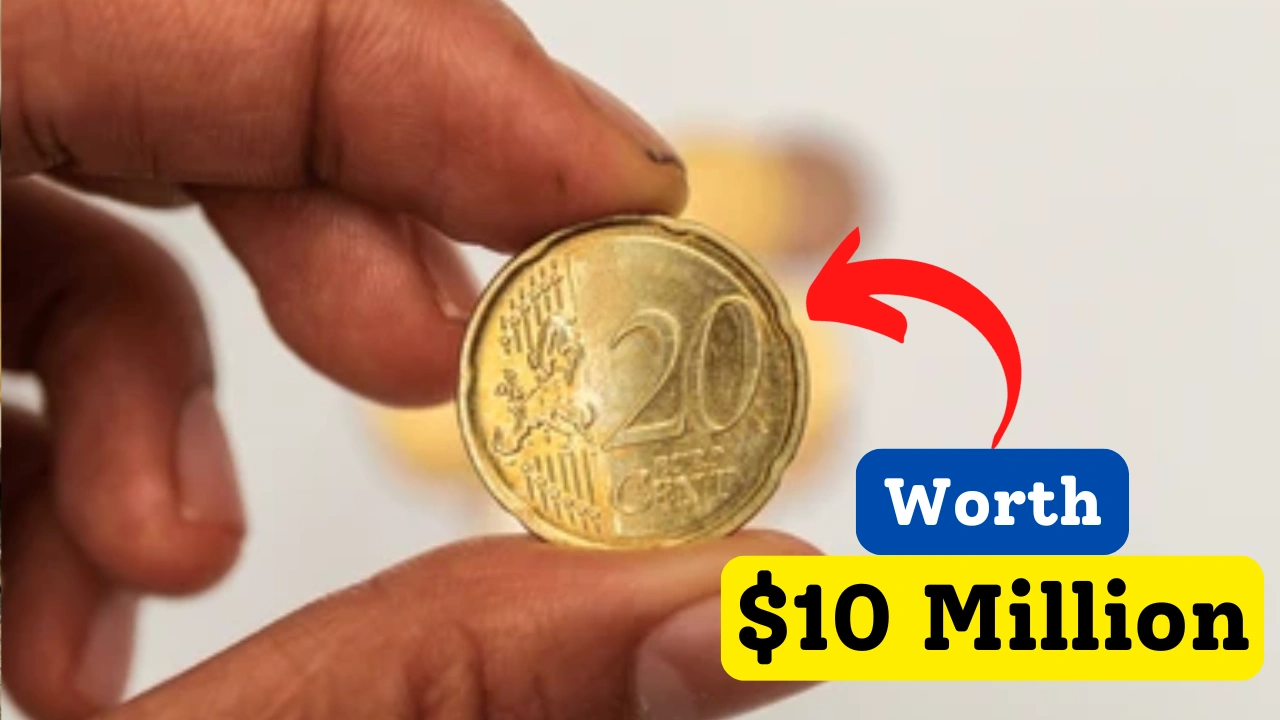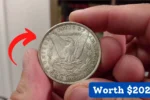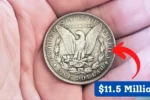The Lincoln Wheat Penny Worth $10 Million: In the world of coin collecting, few pieces hold as much mystery and allure as the Lincoln Wheat Penny What was once a humble part of everyday transactions has transformed into a treasure worth millions, with some rare specimens fetching prices upwards of $10 million.
It’s hard to believe that something as modest as a penny could have such astronomical value, but certain versions of this iconic coin have captured the imaginations of collectors for decades.
A Coin That Changed American Coinage
The Lincoln Wheat Penny was introduced in 1909 to honor the 100th anniversary of Abraham Lincoln’s birth. Created by designer Victor David Brenner, the penny marked the first time that the portrait of a real person appeared on a U.S. coin. Brenner’s design featured Lincoln’s profile on the front and two stalks of wheat on the reverse, representing the agricultural roots of America. For nearly 50 years, this design would grace U.S. currency, making it a recognizable symbol of American history.
Why Some Lincoln Wheat Pennies Are Worth a Fortune
While most Lincoln Wheat Pennies are worth just a few cents, a handful of them have achieved prices that few could have predicted. The most famous of these is the 1943 copper penny, which is among the rarest and most valuable coins in existence. During World War II, the U.S. Mint began producing pennies from steel to conserve copper for the war effort.
However, a small number of copper planchets from the previous year mistakenly found their way into the production line, creating a rare batch of 1943 copper pennies. With only 20 to 30 of these pennies known to exist today, their scarcity and historical context have made them incredibly sought after by collectors, with some selling for up to $10 million.
Other Rare Lincoln Wheat Pennies
While the 1943 copper penny is the most famous, other Lincoln Wheat Pennies are also prized by collectors. The 1909-S VDB penny, which includes the designer’s initials on the reverse, is a particularly rare and valuable specimen. Only a limited number were minted in San Francisco that year, making them highly sought after. The 1914-D and 1922 No D pennies are also notable for their rarity and the stories they tell about the evolution of U.S. coinage. These coins, though not as rare as the 1943 copper penny, still command impressive prices in the numismatic market.
The Hunt for Hidden Treasures
What makes the world of Lincoln Wheat Pennies so exciting is that these rare coins could still be out there, hidden in everyday circulation. Over the years, coins have slipped through the cracks, ending up in pockets, jars, and old collections. Whether through inherited estates, overlooked change, or simple neglect, these valuable pennies could be sitting right under your nose. It’s not impossible to imagine that the next time you check your pocket change, you could uncover a piece of American history worth a small fortune.
Spotting the Gems: What to Look For
If you’re keen on hunting for rare Lincoln Wheat Pennies, knowing what to look for is key. Pay close attention to the year and mint mark on each coin, as certain years like 1909, 1914, 1922, and especially 1943 are of particular interest. A simple way to identify a valuable 1943 penny is to test it with a magnet. While the common steel pennies are magnetic, the rare copper versions aren’t. This quick test can help you determine if you have something special.
Professional Authentication: Why It Matters
If you think you’ve found a rare Lincoln Wheat Penny, it’s essential to have it professionally authenticated. Coins can easily be mistaken for one another, and without proper certification, it’s difficult to assess the true value of a coin. Organizations like the Professional Coin Grading Service (PCGS) and Numismatic Guaranty Corporation (NGC) are experts in verifying authenticity and determining the condition of coins. Their certification can make the difference between a coin being a simple find and a valuable treasure.
More Than Just Coins: A Window Into American History
The value of these rare pennies isn’t just about money. They offer a tangible connection to a time in American history when the nation was in the throes of World War II, and every material resource was being carefully conserved. The switch to steel pennies was a significant symbol of the sacrifices being made on the home front. The few copper pennies that accidentally slipped through the cracks represent a piece of history an anomaly that’s all the more valuable because of the story it tells.
A Legacy That Endures
Even though finding a $10 million Lincoln Wheat Penny in your pocket change is extremely rare, the allure of the hunt and the historical significance of these coins continue to fuel the passion of collectors. These pennies are more than just valuable objects they are windows into a time in American history, showcasing both the artistry of early 20th-century coin design and the resilience of a nation during wartime. For coin enthusiasts, the Lincoln Wheat Penny will always hold a special place in the world of numismatics, ensuring that its legacy endures for generations to come.
A Word of Caution: The Lincoln Wheat Penny Worth $10 Million
It’s important to remember that while the potential value of these rare pennies is exciting, coin values can vary significantly based on condition, authenticity, and current market demand. If you think you’ve found a rare specimen, don’t clean or alter it in any way, as doing so can drastically reduce its value. Always seek professional advice before making any significant coin-related decisions, whether you’re buying, selling, or just curious about a piece in your collection.
The story of the Lincoln Wheat Penny is a reminder that even the most ordinary items can hold extraordinary value. So, the next time you handle a penny, take a moment to look a little closer you might just be holding a piece of history.





